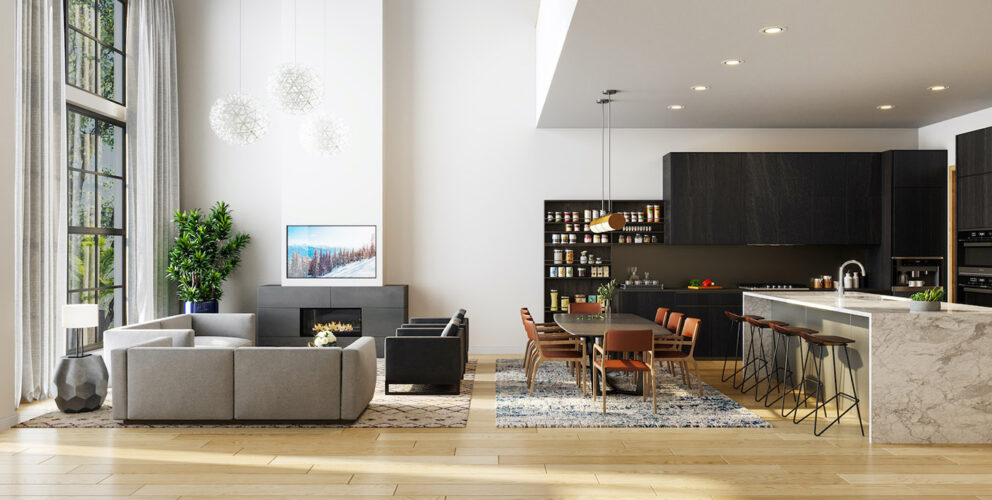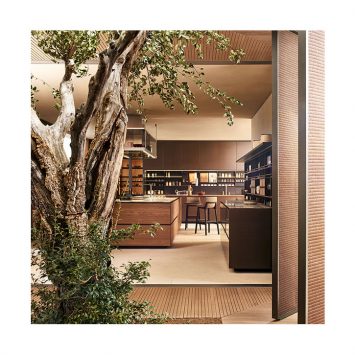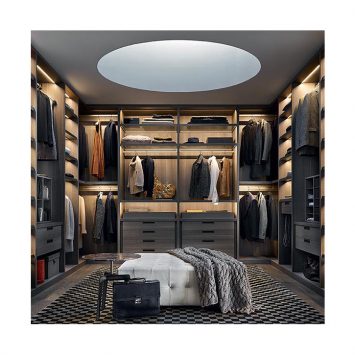When you remove the appliances, a kitchen is a network of boxes. It sounds simple enough, but how you arrange those boxes matters, affecting both functionality and aesthetics in the hardest-working room in the house.
Since 2003, Studio Como has been designing and installing kitchens by Poliform, a modern furniture and cabinetry company that’s been operating out of Italy’s Lake Como region for over fifty years. Founded by Alberto Spinelli, Aldo Spinelli, and Giovanni Anzani, Poliform spares nothing when it comes to innovation and product performance. They describe themselves as a human-driven company that prioritizes the use-factor of their designs, as well as the longstanding relationships they’ve created with all the people who design, manufacture, distribute, install, and live with their systems.
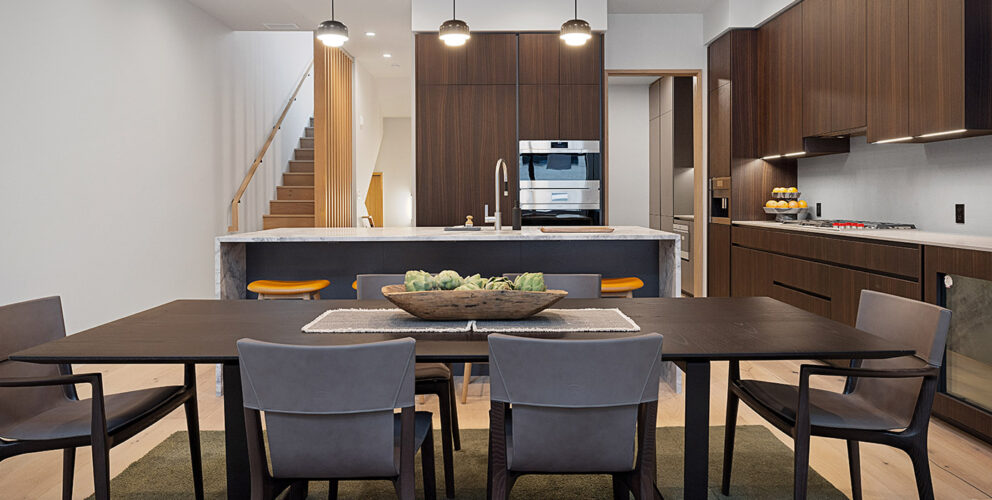
Today, Studio Como’s cabinetry department is headed by Matt Smith, who’s been with Studio Como for twelve years, and Jenny McNab, who joined the team a year ago after completing her training at the Heritage School of Interior Design. If you want to talk about Poliform’s superiority, they’re the folks in the mountain states who know it and love it most.
“We offer the complete Poliform package, from conceptual design all the way through to technical fittings, ordering, installation, punch-listing, and ongoing support,” says Matt, describing what Studio Como provides to their cabinetry clients. While kitchen design will always be at the center of their wheelhouse, Studio Como has grown and evolved to include design services for any and all casework, from pantries, bathrooms, and mud rooms to closets, media centers, and offices. Matt surmises the desire to incorporate Poliform across the home comes from the fifteen- to twenty-year move toward open-layout living spaces. “Almost all of Poliform’s kitchen cabinet finishes can be pulled into book shelving or media systems, and will relate to each other from across the room,” he says. “It’s a very purposeful design, and things never look pieced together.”
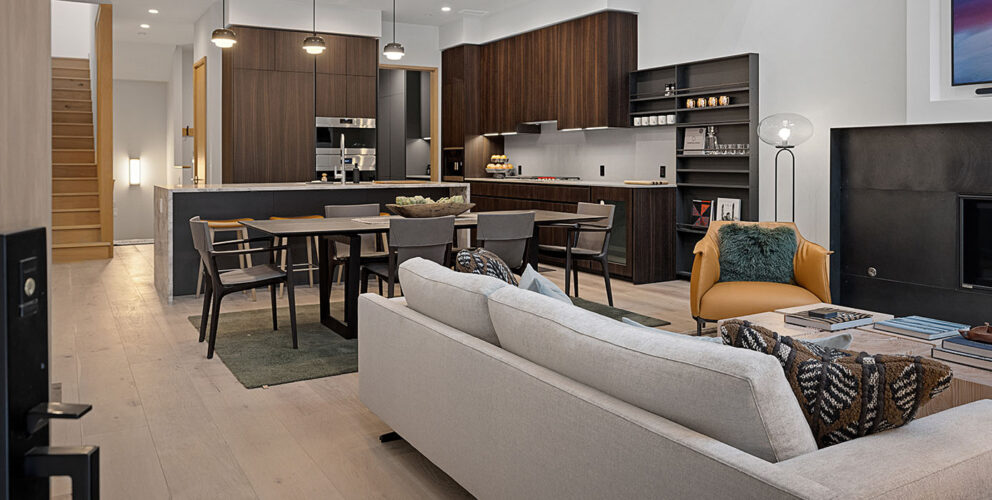
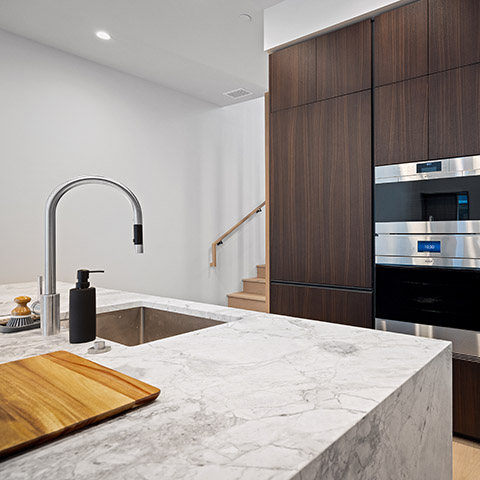
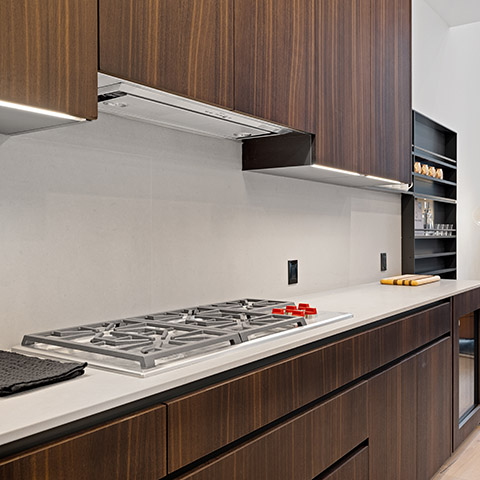
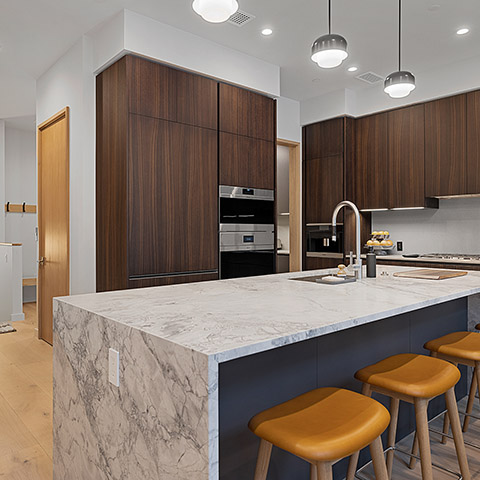
A big part of what makes Poliform so easy to transpose from the kitchen to other living areas is its minimalist design language. “When you design with Poliform you can achieve a consistency throughout the whole house,” Jenny explains. “You can work with different finishes, shapes, looks, and color palettes, and it will still look totally cohesive within the system. We work on functionality first, second, and third because, with Poliform, you barely have to try to make it look beautiful. It’s going to look great no matter what.”
Minimal, yes, but with a lot of room to experiment. Matt and Jenny have a Poliform playbook nearly 800 pages long. “It’s an absolutely massive system,” Matt says. He and Jenny almost always use 3D modeling to show clients how a potential design will look and feel in space, and can ask a few key questions to whittle down what might otherwise feel like an overwhelming amount of options.
“There’s a lot of talk about kitchen triangles in the design world, and they have a purpose, but I’m more interested in knowing how clients deviate from that flow,” says Matt. “What additional steps do they take that reflect their personal style of cooking? We all have different cultures, cook different cuisines, have different schedules and family configurations. Each layout needs to be based on that particular person’s needs.”
The Poliform catalog includes fittings and material finishes ranging from melamines and laminates to woods. The swath represents ten different price bands, from low cost to high cost, high performance to even higher performance.
“Two of my favorite high-end finishes are the fossilized oak and the thermo-treated wood,” says Jenny. These finishes are both exposed to extreme conditions: the fossilized oak is submerged in water for hundreds, if not thousands, of years before being dredged up, and the thermo-treated wood is heated at 400 degrees to remove organic materials that would make it susceptible to moisture and decay. “Both treatments make the wood extremely strong, as well as create interesting graining textures,” she explains. “There are no chemicals used in either process, making them great green options.”
A few years ago, the company created the Poliform Lab as a site for developing products, testing materials, and putting their sustainability measures into practice. Matt shares that it’s a site where installations are mounted so that people can interact with them before they reach the market. “A great deal of research and development goes into the introduction of a new Poliform product, all of which is to confirm its success interacting with its user,” he says. One of the designers’ favorite new developments is the Alea Pro line which incorporates a metal lining on Poliform’s signature recessed channel, adding durability and longevity by protecting the cabinet front’s most handled part and ameliorating the need to replace the whole component.
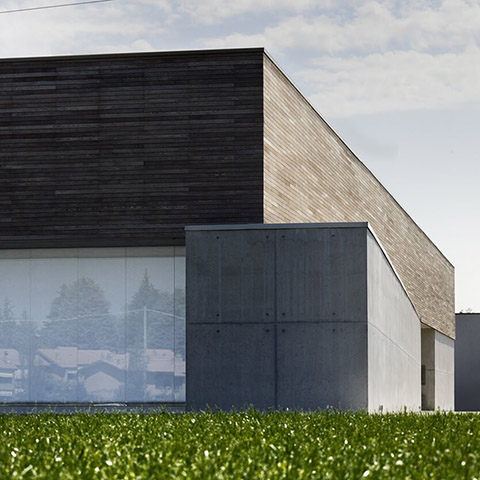
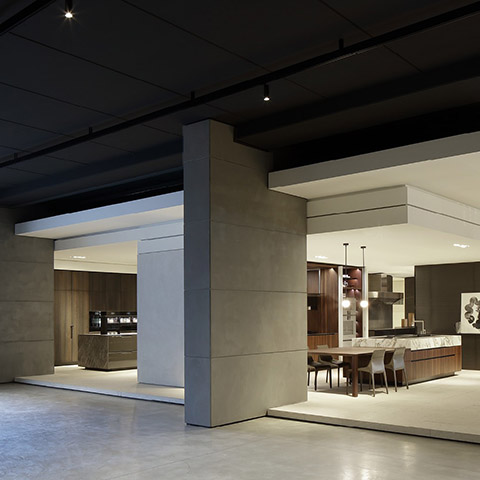
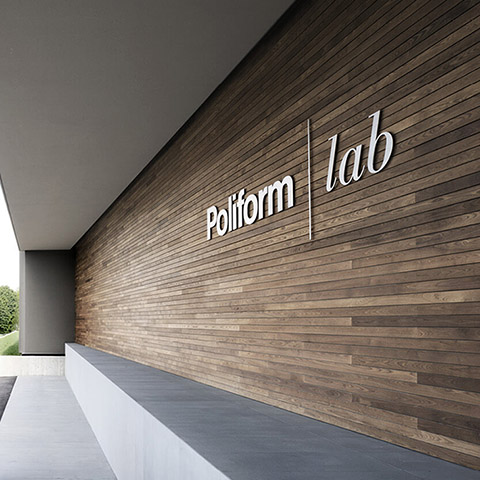
“This is Poliform saying, we don’t need or want you to redo your kitchen fifteen years from now,” Matt shares. “That’s a strong statement, and very cool in an economy where so much is made to be thrown away. They innovate not just for innovation’s sake, but in a way that pushes the customer away from ordering new stuff.” Some would call that out of the box.
Photos courtesy of The Glenwood and Poliform
